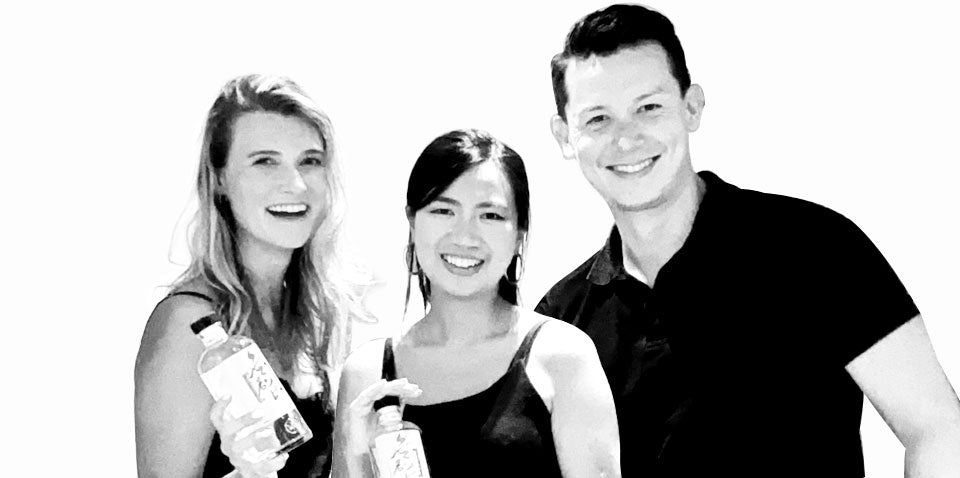 The world of wine can be confusing, so we want to share a bit of wine knowledge to help you navigate it. So in today'swine knowledge blog post, we're talking all things temperature & wine.
The world of wine can be confusing, so we want to share a bit of wine knowledge to help you navigate it. So in today'swine knowledge blog post, we're talking all things temperature & wine.
But first, why does temperature even matter? The temperature can really affect the wine’s flavour, smell, acidity, and also how ‘strong’ the alcohol taste is. Colder temps make the alcohol taste less strong - If you've ever taken a really warm shot of tequila *shudder* - then you get what we’re talking about… The cooler temperatures allow the fruity flavours to unfold better in the wine.
All wine, whether red, white or rosé, has an ideal temperature where the full glory of the wine is revealed. So let's break wine and temperature down by type:

RED WINE:  Incidentally, red wine that's warm tastes just as horrendous as warm white wine. A common myth is that red wine should be served at "room temperature". This myth came about back when the weather was milder and it generally stayed cooler inside, therefore so did your red wine. So this myth is no longer true because global temperatures are higher today than they were then (thanks global warming).
Incidentally, red wine that's warm tastes just as horrendous as warm white wine. A common myth is that red wine should be served at "room temperature". This myth came about back when the weather was milder and it generally stayed cooler inside, therefore so did your red wine. So this myth is no longer true because global temperatures are higher today than they were then (thanks global warming).
And it's especially untrue here in Hong Kong where the humidity is insane and temperatures are miserably hot most of the year, so it's very likely everyone in HK is drinking red wines much too warm.
So as a general rule, the ideal drinking temperature for red wine is about 16ºC - so in the summer, we'd recommend popping the bottle in the fridge an hour before serving. And light red wines can be wonderfully refreshing when chilled to around 10ºC - 14ºC. Any light reds with low-tannins and fruity or floral taste - such as Pinot Noir, Tempranillo, Dornfelder, Portugieser - are excellent when served chilled. Shop the Summer Reds wine box to try a few red wines that are perfect to have chilled HERE.
WHITE, ROSÉ, & SPARKLING:
 All that was pretty complex, but white, rosé, and sparkling wines, however, are more straightforward: they should simply be enjoyed cold. Most white, rosé and sparkling wines are really fun at. But when it's a more complex white wine, like from a special location or one that's been aged in wooden barrels, it should be around 12ºC.
All that was pretty complex, but white, rosé, and sparkling wines, however, are more straightforward: they should simply be enjoyed cold. Most white, rosé and sparkling wines are really fun at. But when it's a more complex white wine, like from a special location or one that's been aged in wooden barrels, it should be around 12ºC.
But if that's all too technical for you: just give it a try! Completely cools down a bottle of wine in the freezer for an hour, give yourself a sip in the glass and try it again and again over a longer period. You notice how the taste changes with increasing temperature. If it's too cold, you won't get much flavour and if it's too warm, it can taste very alcoholic.


